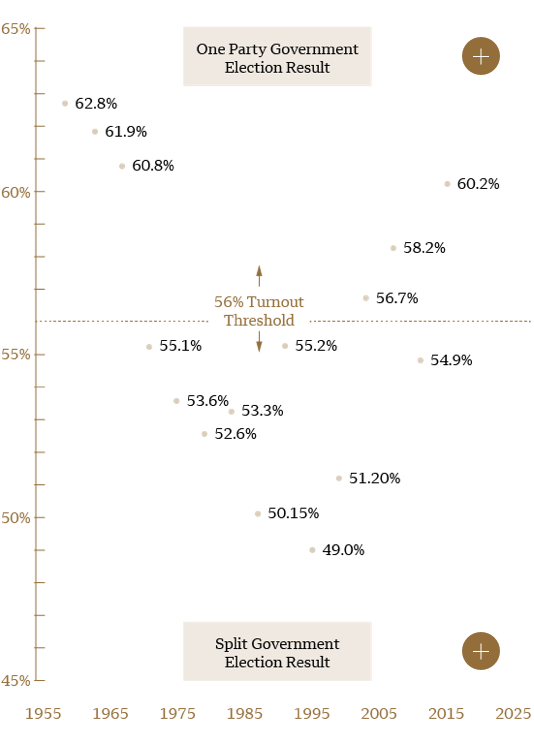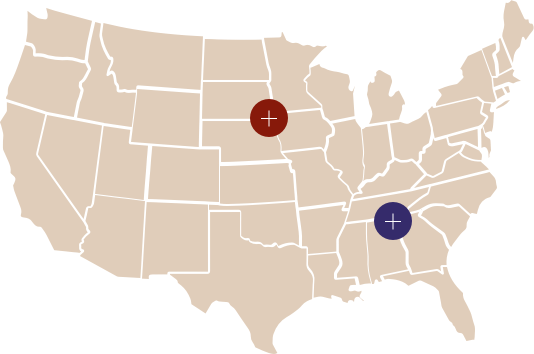Exploring 2020’s close, unpredictable races
The presidential and Senate races are likely to be closely contested; we believe they will be decided largely by how well the economy’s reopening is managed. But other, equally unpredictable factors could influence the results of the elections and thus steer the direction of fiscal and regulatory policy in the years ahead.
Here we explore three of those factors and what they could mean for the candidates.
Click or scroll for more






